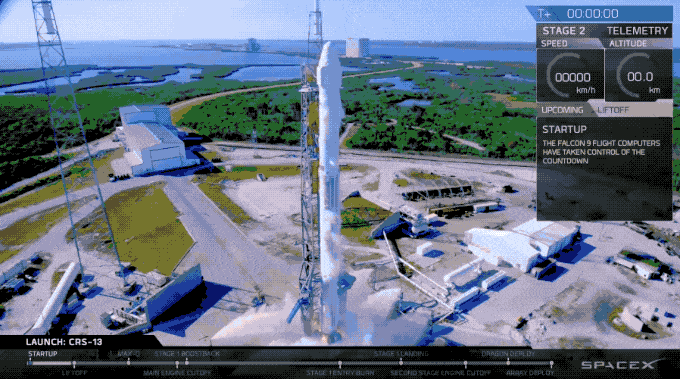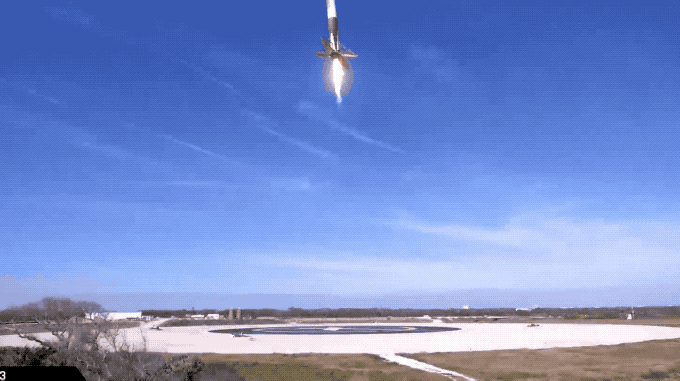SpaceX launches a reused Dragon atop a reused Falcon 9 for the first time

SpaceX has moved one step closer to its dream of affordable, efficient reusable space flight: Today for its CRS-13 resupply mission for the International Space Station it managed to launch a previously flown Dragon spacecraft atop a Falcon 9 rocket with a flight-proven first stage booster. That’s the first time it’s flown both types of reused equipment at the same time.
The mission, which was delayed from its original target date of December 12 after the SpaceX team decided to take more time to verify proper operation of its second stage full system, took off from Cape Canaveral Air Force Base at SpaceX’s newly refurbished SLC-40 in Florida at 10:36 AM EST. Its purpose was to deliver over 4,800 pounds of supplies to the ISS, and the Dragon capsule with those supplies on board should now dock with the ISS on Sunday if all goes to plan.
SpaceX also successfully recovered its Falcon 9 first stage booster again, with a controlled descent and landing at its Cape Canaveral-based LZ-1 landing facility in Florida. This is the 17th launch SpaceX has conducted this year, and the 20th successful first stage recovery overall for the company. It also means this booster could potentially get a third use, after originally having launched during the CRS-11 mission this past June.
Interestingly, SpaceX hasn’t repainted or resurfaced the first stage, meaning that the soot resulting from its previously launch was still visible on its external surface prior to launch. The company clarified that this is what it’ll be doing going forward as a matter of course, unless refinishing the outside is deemed beneficial for performance. That’s another way to save on costs when relying on used rocket hardware.
Eventually, SpaceX hopes to be able to land and turn around rockets for reuse in under 24 hours, to help it service commercial clients quickly and effectively. Long-term, this will also service CEO Elon Musk’s goals of reaching and colonizing Mars, and potentially parts of space beyond, as well.
